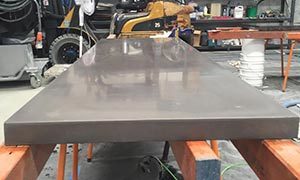The work of skilled builders and makeup artists don’t appear to have much in common, do they? But if there’s one thing they both definitely will tell you, it’s this: you have to prepare your medium.
Otherwise, any cosmetic touches applied on an unprepped concrete floor (or face, for that matter) simply won’t last. Worse yet, in the long run, these enhancements may even cause damage to the original surface that’s hiding beneath layers of glitz and gunk.
We’re certainly no experts in makeup, so in this article, we’ll stick with what we know best. Read on for concrete floor preparation tips that may just help you avoid headaches and costly mistakes in your next project.
What is concrete floor preparation?
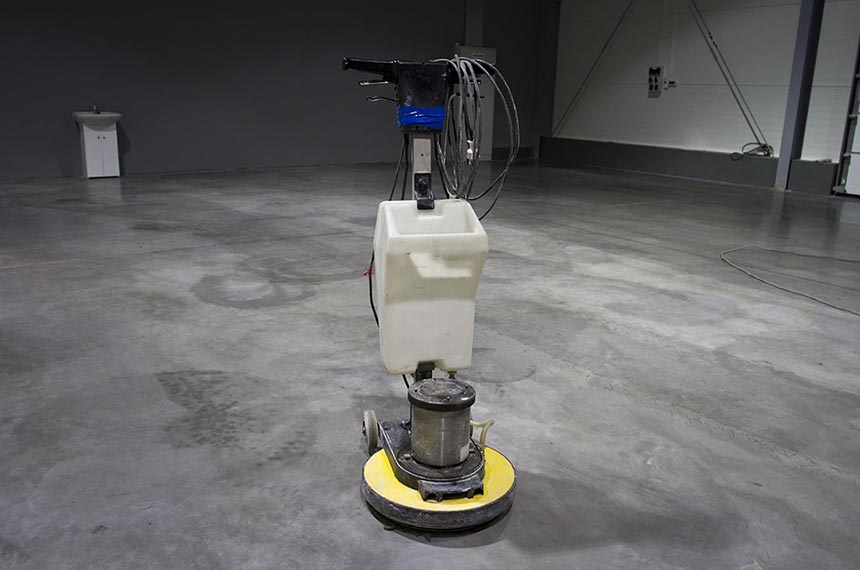
Concrete floor preparation means making sure your medium—your concrete subfloor—is as structurally sound and suitably primed as possible before you alter it in any way.
The usual steps involve cleaning your subfloor, inspecting it for structural issues, and finally fixing any surface flaws and deeper defects you may uncover.
So whether you’re upgrading bare concrete, replacing old flooring, or starting a new project from scratch, concrete floor preparation is that mandatory first step towards achieving your desired look.
You probably know how critical this first step is. If the foundation isn’t done right, the final floor topping will always be substandard. Concrete floor preparation is something you simply can’t afford to skip.
Why is concrete floor preparation necessary?
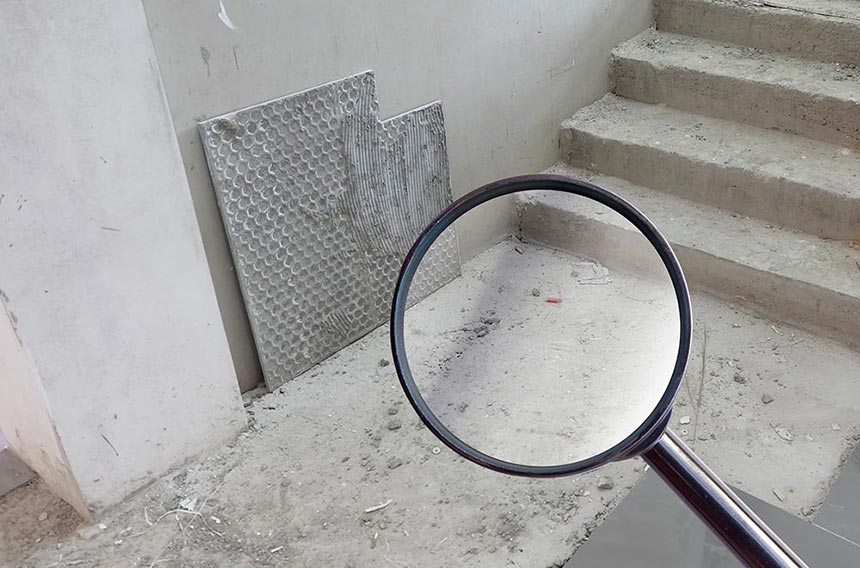
Preparing your floor is your golden opportunity to repair cracks and other imperfections on your subfloor before laying on your finishing. Prepping and priming your medium will also make your chosen finishing adhere better to it.
But what happens when you rush through the process? Or perhaps even ignore it altogether?
The short answer? Disaster! Here are the major benefits of preparing a concrete floor:
1. Concrete floor preparation ensures your project’s success
The appearance and longevity of your finished flooring both depend on the condition of your subfloor. That’s why any defects left on your subfloor’s surface, big or small, will eventually manifest onto your finished floor.

Unlike cosmetics which temporarily cover up skin blemishes, floor finishings can’t mask your subfloor’s imperfections. Rather, they may even magnify them and make them worse
Unsightly floors that are too shabby to ever pass for chic? We’re sure that’s the last thing you want for your project.
Adequately preparing your subfloor guarantees your desired look. And because it can also ward off or minimise damage from below, it can significantly increase your finished floor’s durability and lifespan.
2. Keeps people safer
Proper concrete floor preparation can decrease the risk of:
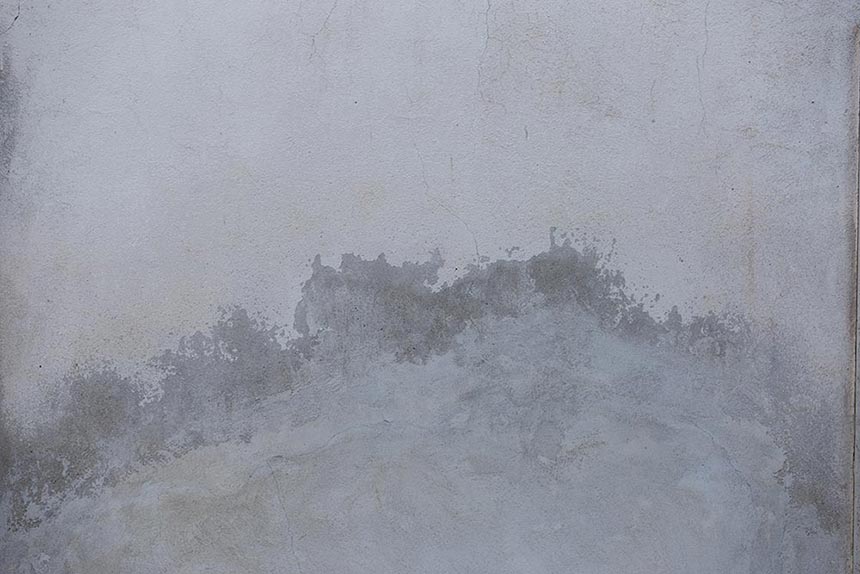
- Illness – Because concrete is naturally porous, it’s vulnerable to heat, moisture, and contaminants. When left unsealed, concrete can become a fertile breeding ground for harmful bacteria and mould.
Exposure to these pathogens can cause people to develop allergies, respiratory problems and even more debilitating and life-threatening conditions.
- Physical injuries – An uneven and bumpy floor is just an accident waiting to happen.
Distracted occupants or unsuspecting passersby can easily lose their footing on a raised ridge or deep groove. And depending on the severity of the fall, such mishaps can cause all sorts of injuries.
3. Protects your investment
Floor preparation keeps minor issues from turning into major budget-breakers,
Skipping it, or just doing a rough job, will put your ROI in peril because:
- Substandard flooring will discourage potential buyers or tenants.The longer your property sits idle, the more income you’ll lose.
- Subfloor defects can lead to more serious structural and safety issues]. And repairs, especially for preventable problems, will end up costing you far more in the long run.
- You risk facing additional costs such as legal fees, damage settlements, medical expenses, and even higher insurance premiums
Here are our top 4 tips for problem-free concrete floor preparation
Tip #1: Engage the services of a reliable contractor
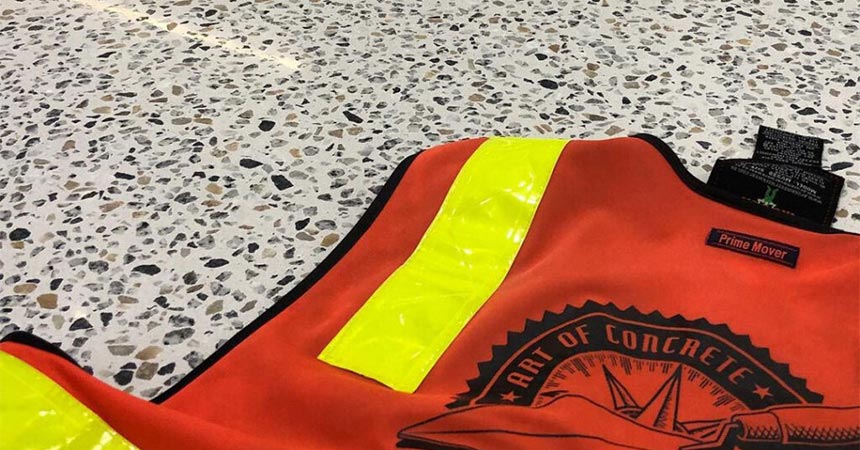
Floor preparation is every bit as time-consuming and labour intensive as it sounds. And if done improperly, as we’ve discussed above, it can cause monumental headaches.
That’s why it’s best to hire a professional to do the job for you.
Choose one with a solid track record and good reviews. But also check their responsiveness. It’s important to hire a contractor you can communicate well with. Because even if you’re not going to do the heavy lifting, it still pays to know what to expect every step of the way.
Tip #2: Contact your chosen flooring professional as early as possible
It’s critical to allow enough time for flooring work. Depending on the existing floor’s condition, the floor preparation time can vary significantly. So get your contractor in early for an assessment. With a clear view of your starting point and your end goal, you can then work together to come up with your timeline.
Your final timeline has to be reasonable and realistic. Your flooring installer will be able to help you with this.
Tip #3: Manage your expectations
Following on from the previous point, when it comes to floor preparation, you may do well to hope for the best but expect the worst.
Your subfloor may appear relatively flawless. Or perhaps you’ve already noticed telltale signs of water damage, grease stains, cracks, and spalling. Whatever the case may be, take nothing for granted. Especially the assumption that your floor is in excellent condition and therefore will not require much preparation time can be fatal.
Only careful examination will confirm the true nature and extent of any problems that have to be addressed. In the end, nobody can examine an entire underfloor that is presently covered by an aging floor topping. But with an experienced professional, you can at least minimise the chances of unexpected surprises.
Tip #4: Trust the process
By now, we hope you agree that your subfloor’s condition is crucial. And there are certainly no shortcuts.
Concrete floor preparation is what sets the rest of your flooring project up for success or failure. That proverbial ounce of prevention will save you unnecessary expenses, not to mention time, effort, and aggravation.
















